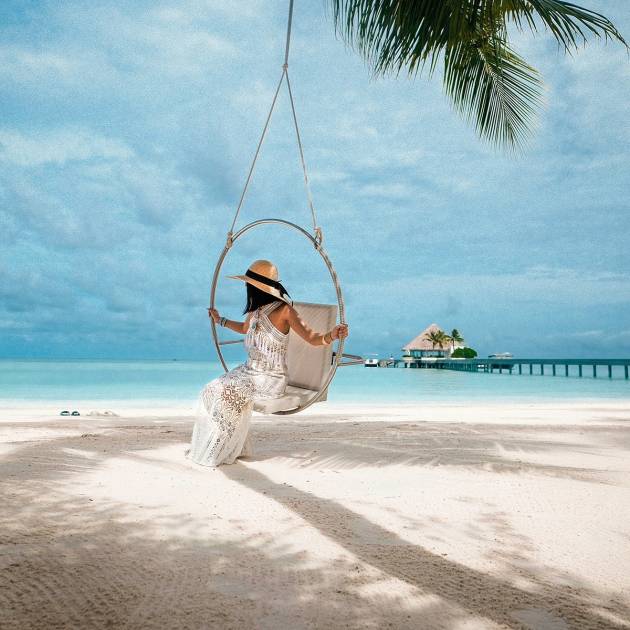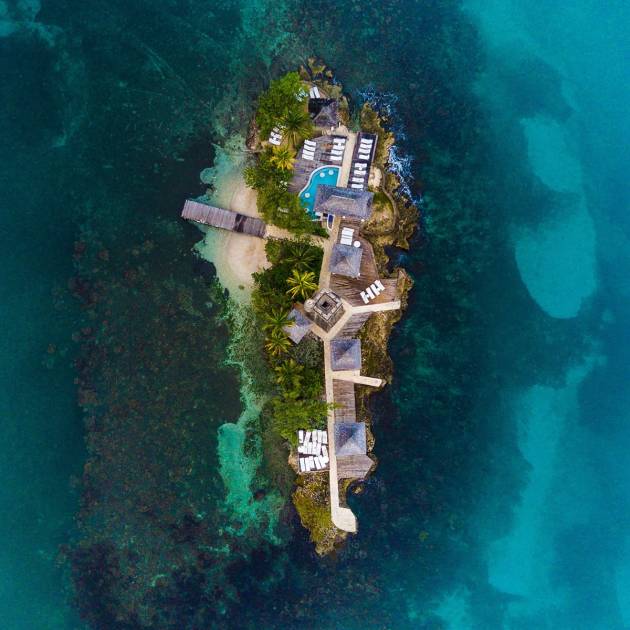Powder skis, powder boards and touring rentals
We strongly recommend using touring skis or a splitboard, as this makes the hike much easier and gives you more time for extra turns! Alternatively you may need to rent powder skis or a powder snowboard, it can get quite deep here in Japan! Please contact us for advice on which rentals you will need and where to get them.
Nozawa Rental Options
Nozawa Ski School have a limited supply of touring skis and split boards available for rent. Please contact them for more information.
What to wear!
Layering is the most important technique for keeping warm during winter in the mountains. It is best if you have mutliple layers that are easily removed or added to. When you start walking you will get very warm so less layers are good, but when you stop you will become cold very quickly so the ability to add more layers is a must.
BASE LAYER
MID LAYER
SHELL
GLOVES
HAT
GOGGLES
SKIS/SNOWBOARD
WATER
DOWN JACKET & EXTRAS
~
Exclusive tours and destinations


Adipiscing elit, sed do eiusmod tempor incididunt ut labore et dolore magna aliqua. Ut enim ad minim veniam, quis nostrud. Wiusmod tempor incididunt ut labore et dolore magna aliqua. Ut enim ad minim.


